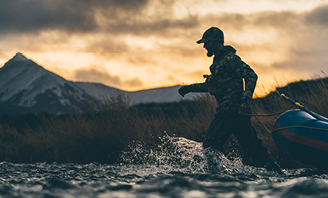
There are few experiences more addicting than calling a coyote in. The challenge of outwitting a skilled predator on their home turf provides a thrill that most hunters can't shake.
Coyotes live in every corner of North America, from deep in the wilderness to rural communities and major metropolitan cities. Capable of adapting to nearly any environment, their growing population makes hunting these predators a very popular, and very necessary, sport among hunters.
Like any hunting or shooting sport, predator hunting can be intimidating to break into if you’re new. But it doesn’t have to be. With the right gear and a little guidance, you’ll be hooked in no time. If you want to start hunting coyotes, then the following guide will help you get started.







